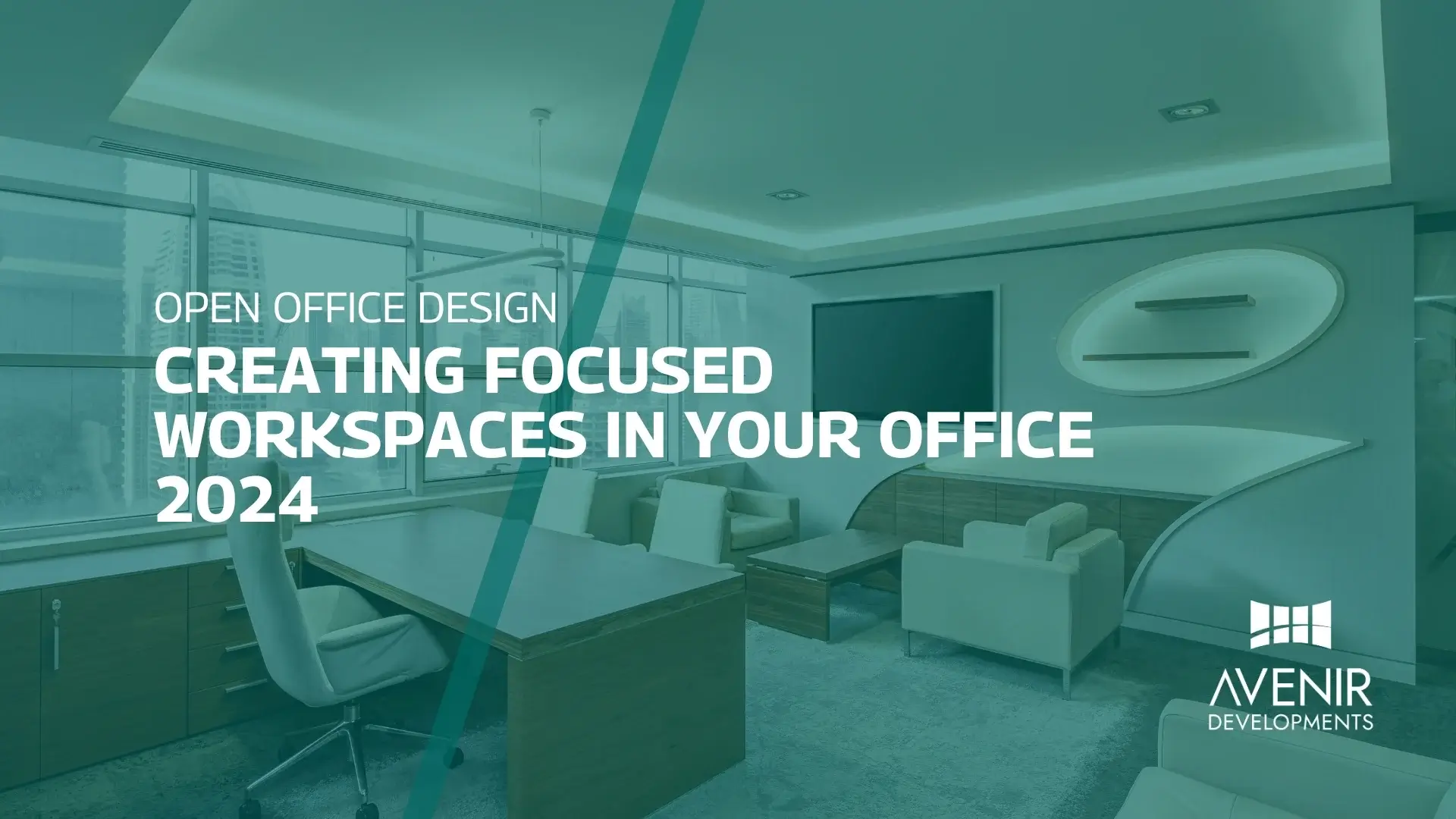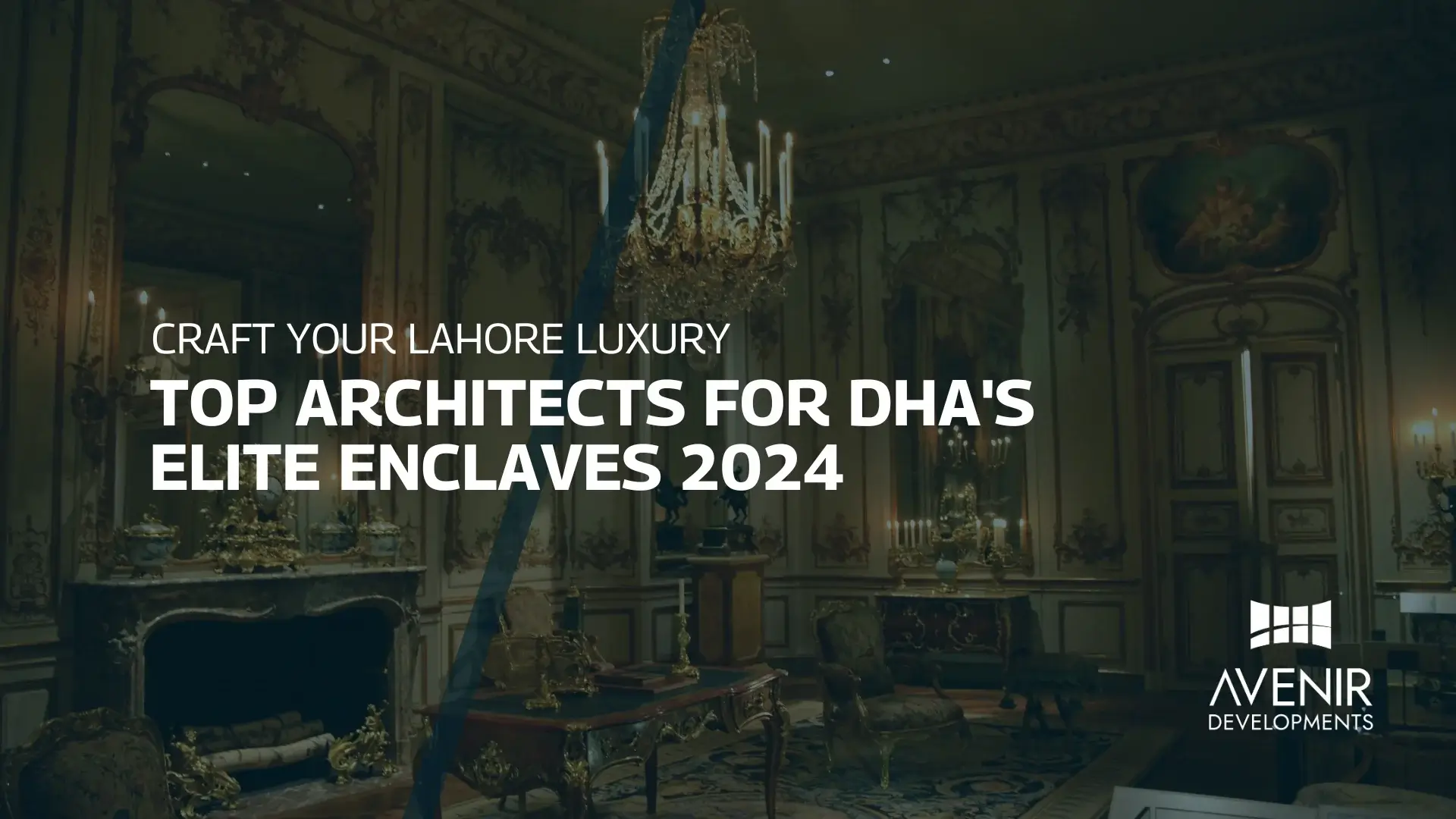Introduction
Welcome to the world of interior design! In this article, we will explore the fascinating realm of transforming spaces with creativity and style. Interior design plays a crucial role in shaping the aesthetics and functionality of our living and working environments. Whether you are a homeowner, a business owner, or simply someone who appreciates beautifully designed spaces, this article will provide you with insights, tips, and inspiration for creating your own dream interior
Interior Design: Enhancing Spaces to Reflect Personal Style
Interior design is the art and science of enhancing the interior of a space to achieve a healthier and more aesthetically pleasing environment for the people using it. It involves the creative manipulation of space, color, texture, and light to create visually appealing and functional spaces. From residential homes to commercial establishments, interior design has the power to transform any space into a reflection of personal style and preferences.
The Role of an Interior Designer
An interior designer is a trained professional who specializes in creating functional and aesthetically pleasing interiors. They possess a keen eye for detail, an understanding of design principles, and a deep knowledge of materials and furnishings. Interior designers work closely with clients to understand their vision, requirements, and budget constraints. They then use their expertise to develop design concepts, select appropriate materials, and coordinate the execution of the project.
The Elements of Interior Design
Interior design incorporates several key elements that work together harmoniously to create a cohesive and visually appealing space. Let’s delve into each of these elements:
1. Space Planning
Space planning involves analyzing and organizing the available space to maximize its functionality and efficiency. It encompasses determining the placement of furniture, fixtures, and other elements to ensure optimal flow and usability within the space.
2. Color Palette
Color has a significant impact on the overall ambiance of a room. Interior designers carefully select color palettes that evoke the desired emotions and complement the purpose of the space. Warm colors like red and orange can create a cozy and inviting atmosphere, while cool colors like blue and green promote a sense of calmness and tranquility.
3. Furniture and Furnishings
Furniture and furnishings are essential components of interior design. They not only provide comfort and functionality but also contribute to the overall aesthetic appeal of a space. Interior designers carefully select furniture pieces, fabrics, and accessories that align with the design concept and meet the client’s needs.
4. Lighting
Lighting plays a crucial role in enhancing the atmosphere and functionality of a space. Interior designers consider natural and artificial lighting sources to create a well-lit environment that highlights architectural features and complements the overall design. The strategic placement of lighting fixtures can also evoke specific moods and enhance the functionality of different areas within a space.
5. Texture and Patterns
Texture and patterns add visual interest and depth to an interior. They can be introduced through materials, such as textiles, wallpapers, flooring, and decorative elements. Interior designers carefully select textures and patterns that complement the overall design concept while adding a touch of personality and uniqueness to the space.
Frequently Asked Questions (FAQs)
- What is the difference between interior design and interior decoration?
- Interior design involves the overall planning and design of a space, including structural modifications, layout, and material selection. Interior decoration, on the other hand, focuses primarily on the aesthetics and embellishment of a space through furniture, accessories, and color schemes.
- How can I find the right interior designer for my project?
- Start by researching local interior designers and reviewing their portfolios to assess their style and expertise. It’s also important to meet with potential designers to discuss your project, ask questions, and determine if there is a good rapport. References and testimonials from previous clients can also provide valuable insights.
- How can I make a small space appear larger?
- There are several techniques to make a small space appear larger. Using light colors on walls and furniture, incorporating mirrors to create the illusion of depth, and maximizing storage solutions are effective ways to optimize space and create a more open and spacious feel.
- What are some popular interior design styles?
- Some popular interior design styles include contemporary, traditional, modern, minimalist, industrial, and bohemian. Each style has its own unique characteristics and aesthetics, allowing individuals to choose a style that resonates with their personal taste and lifestyle.
- Can interior design improve the productivity of a workspace?
- Yes, interior design can significantly impact the productivity of a workspace. Thoughtful space planning, proper lighting, comfortable furniture, and a well-organized layout can create a conducive environment that promotes focus, creativity, and efficiency.
- How can I incorporate sustainability into interior design?
- Sustainable interior design involves using eco-friendly materials, energy-efficient lighting, and incorporating sustainable practices throughout the design process. It also emphasizes the use of renewable resources, recycling, and reducing waste to minimize the environmental impact of a project.
Conclusion
Interior design is a captivating field that allows individuals to unleash their creativity and transform spaces into stunning and functional environments. Whether you are looking to revamp your home or create an inspiring workspace, interior design offers endless possibilities to bring your vision to life. By understanding the key elements and principles of interior design, as well as collaborating with a professional designer, you can create spaces that reflect your personal style while maximizing comfort and functionality.
Remember, interior design is not limited to aesthetics alone. It has the power to shape our experiences, evoke emotions, and enhance our overall well-being. So go ahead, embrace your creativity, and embark on a journey to design spaces that inspire and delight.






